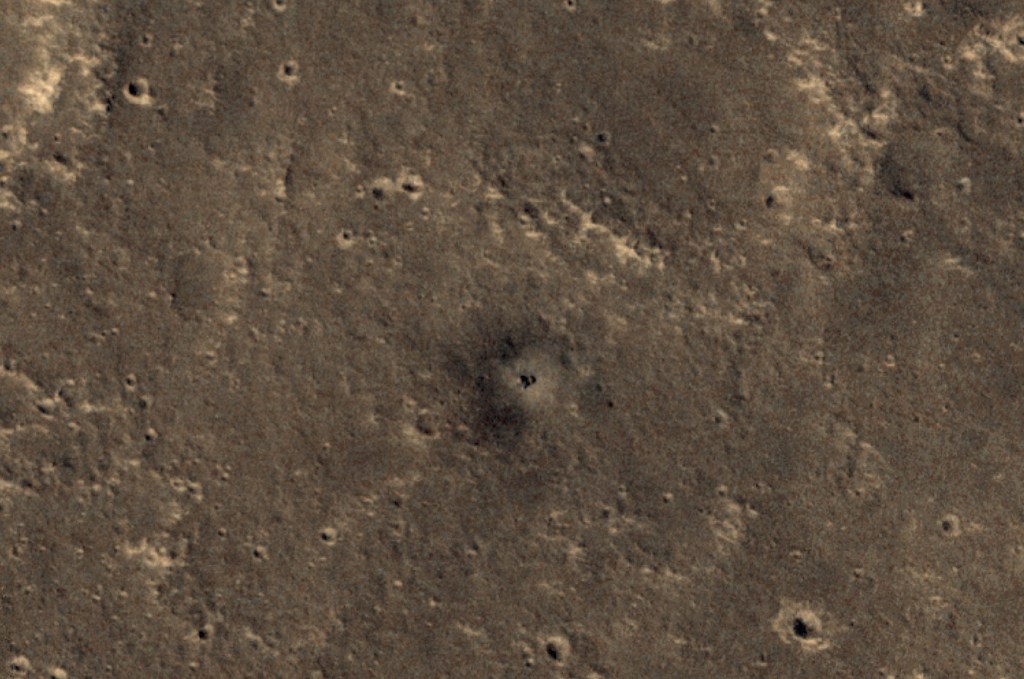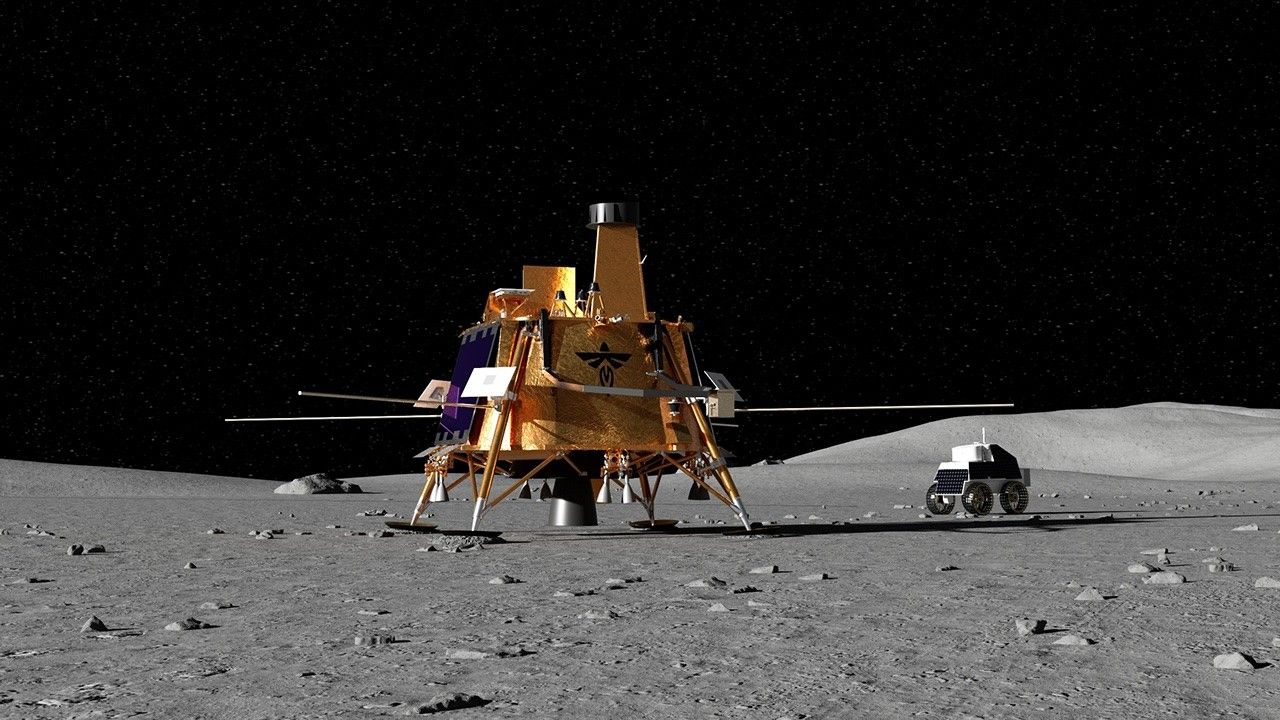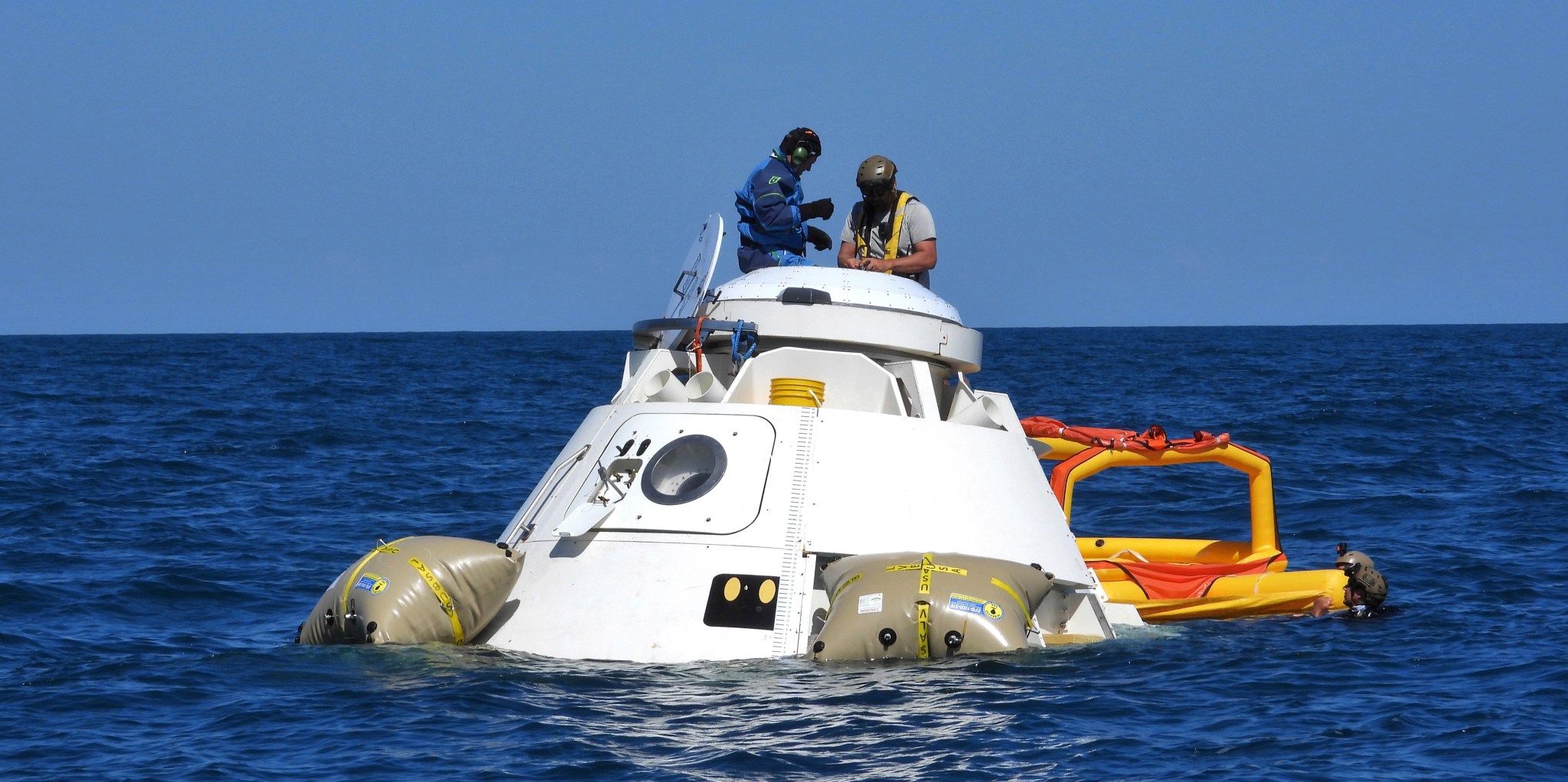Two NASA astronauts recently completed a crew rescue training exercise several miles off the coast of Cape Canaveral near NASA’s Kennedy Space Center in Florida. NASA astronaut Suni Williams sat in a spacecraft as it bobbed in open seas surrounded by NASA and Department of Defense (DoD) watercraft monitoring her progress as she rehearsed the steps astronauts would take to exit Boeing’s CST-100 Starliner spacecraft without assistance in the unlikely case of an abort.
“You never know where this job might take you,” Williams said. “You might not expect to find an astronaut in the ocean, but this is an essential part of our training. If we ever need to actually do this, we don’t want to be figuring it out in real time.”
Williams, who is assigned to the second crewed Starliner flight, was joined by NASA astronaut Barry “Butch” Wilmore for the emergency training rehearsal. Wilmore is the backup crew member for both the first and second crewed Starliner flights. Although Starliner is designed to land in the desert, it must also be able to land in the water in an emergency, and its crew must be prepared for all possibilities.
In this case, that preparation required Williams and Wilmore to open the Intravehicular Activity (IVA) hatch on top of the spacecraft, which is used to dock to the International Space Station. They then rehearsed unloading a rescue raft from inside the spacecraft, climbing out through the open hatch, jumping into the Atlantic Ocean and boarding the raft.
“In rare emergency situations, astronauts would need to get out of the capsule on their own,” said Erin Coscia, test lead from Johnson Space Center. “During this training exercise, Williams and Wilmore rehearsed the procedures that they would need to follow in such a scenario. Now we understand the improvements that we will need to make with the crew to ensure that we are ready to safely return human spaceflight launches with the Commercial Crew Program.”
Earlier the same day, the astronauts observed the full mission profile training exercise, conducted by the DoD Human Space Flight Support (HSFS) Office Rescue Division. This exercise, which was a culmination of nearly two weeks of training, included locating a Starliner mockup spacecraft using a portable Search and Rescue Satellite Aided Tracking (SARSAT) beacon like those used on boats and aircraft, which was detected by a portable version of the Lightweight Airborne Recovery System, onboard a C-17 aircraft to locate and communicate with astronauts in an emergency situation. Next, nine U.S. Air Force “Guardian Angel” Pararescue forces were airdropped from the C-17 with their specialized watercraft, rescue equipment and medical supplies. The team rehearsed assisted egress, extracting DoD team members acting as astronauts, from the capsule and providing immediate medical treatment.
“Our crew members have an essential job to do on the International Space Station. It is our responsibility to safely get the crew to and from the orbiting laboratory,” said Kathy Lueders, manager of NASA’s Commercial Crew Program. “I think about our work with the Human Space Flight Support Office as insurance. I hope we never need their services, but it is essential that they are prepared if we ever need to call them in.”
The HSFS rescue division coordinates contingency support for the nation’s human spaceflight program. This integrated team has supported all NASA human spaceflight missions throughout the last 60 years. HSFS will be on standby for commercial crew missions. In the unlikely event of an emergency during ascent, free flight or landing, the HSFS teams will quickly and safely rescue our astronauts. The HSFS office also will support all Orion/SLS launches and landings. These DoD teams undergo countless hours of training to prepare for a variety of scenarios. It is standard practice to conduct these exercises, and was regularly done during the Space Shuttle Program.
Last year, HSFS conducted two similar exercises with SpaceX’s Crew Dragon spacecraft mockup. This simulation is another example of how safety is being built into systems, processes and procedures for commercial crew missions.































